ICT's Product Locator: January/February 2023
Infection Control Today's® Product Locator is a monthly column highlighting some of the latest advanced technology in the infection prevention field.
Soteria Bed Barrier
(Photo courtesy of Trinity Guardion)

Soteria Bed Barrier
The launderable and reusable Soteria Bed Barrier from Trinity Guardion, Inc, protects beds and mattresses from patient soiling, helping to reduce contamination during use. Designed for acute and long-term care beds and stretchers, it fits securely over the mattress and bed deck and attaches to the bed frame without disrupting performance during patient care.
Trinity Guardion has received FDA 510(k) clearance in a new product code (QTV) for its innovative Soteria, a level 3 barrier per the Association for the Advancement of Medical Instrumentation (AAMI) Standard PB70. The Soteria proprietary surface formulation allows for laundering that meets AAMI TIR 12: 2020 acceptance criteria for high-level disinfection plus spore removal (99.9999%) using a rigorous commercial health care laundry method.
“Advances in the cleaning of high-touch surfaces like
mattresses have become a fundamental necessity,” infectious disease physician Ardis Hoven, MD, a Trinity Guardion board member and former president of the American Medical Association told Infection Control Today®. “The Soteria Bed Barrier helps protect the mattress and bed deck from patient soiling and will become an essential contributor in a culture of safety.”
PMSSteripack
(Photo courtesy of Neuster Health)
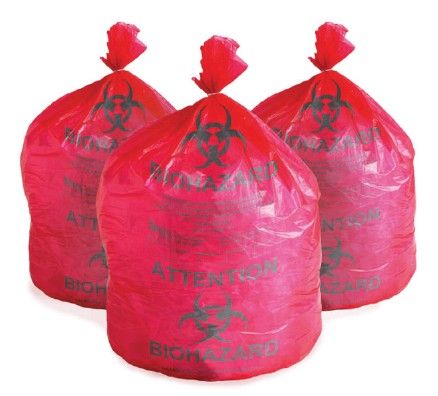
PMSSteripack
Neuster Health’s PMSSteripack autoclavable biohazard bags are ideal for processing of biohazardous materials that require autoclaving before disposal. These bags provide safe handling and an efficient solution for biohazard waste needs.
Neuster Health is one of few manufacturers worldwide that produce polypropylene biohazard bags, whereas most other biohazard bags marketed as “autoclavable” are made from polyethylene plastic, which becomes brittle after autoclave and easily breaks. Polypropylene allows the PMSSteripack bags to maintain structural integrity even after the ultrahigh temperatures of an autoclave (up to
300 0F). They are designed to resist punctures, tears, and leaks.
The PMSSteripack biohazard bags come in various colors, and the optional steam sterilization indicator can be printed. They are all imprinted with the universal biohazard symbol, comply with international standards, and are manufactured under validated production processes.
Censis AI2
(Photo courtesy of Censis.)
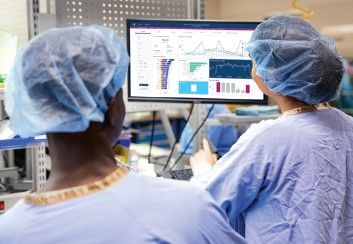
CensisAI2 Productivity interactive platform
With sterile processing departments (SPDs) under increased pressure to deliver more sterile trays to operating rooms in less time, Censis—a leader and founder in surgical asset management technology—focused solely on improving perioperative efficiency with its CensisAI2 Productivity platform. It provides real-time access into day-to-day operations so sterile processing and perioperative leaders can quickly gain insights to streamline processes and make data-driven decisions.
“Sterile processing leaders everywhere are facing a challenging environment and are being asked to always do more with less,” said Censis Chief Technology Officer Barry Phetteplace told Infection Control Today®. “CensisAI2 Productivity gives them complete visibility into everything the department does and insights that empower them to eliminate wasted effort and increase throughput.”
The CensisAI2 Productivity interactive platform provides visibility into all aspects of SPD operations to identify problems. It allows easy comparisons of tech-to-tech, shift-to-shift, and site-to-site data to drive process refinements and enterprise-wide standards, encourage best practices, improve staff training, and inspire continuous improvement.
PureSteel Ergonomic WorkStation
(Photo courtesy of Pure Processing.)
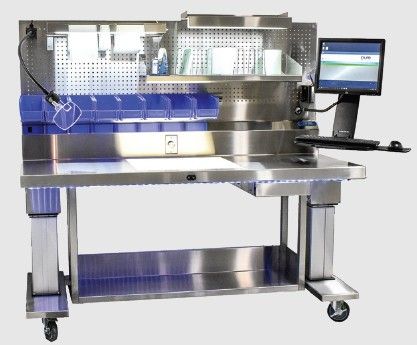
PureSteel Ergonomic WorkStation
The PureSteel Ergonomic WorkStation is engineered to enhance worker ergonomics, packing efficiency, organization, inspection, and sterilization outcomes in a comprehensive table solution.
Each prep-and-pack table is built to meet the needs of its department, with customizable length, depth, height, and more. With integrated back-wall pegboards to organize and manage accessories and power, the PureSteel Ergonomic WorkStation keeps tools at an ideal height for staff. Built-in tabletop lights allow sterile processing staff to closely inspect wrapping materials and instrumentation. Built-in counters that can be pulled out or collapsed provide an additional, optional workspace for larger sets, and a full range of pegboard accessories afford ready-to-integrate assembly tables. Storage, footrests, shelves, and more complete each Ergonomic WorkStation.
As one sterile processing manager said to PureSteel, the tabletop light “solves issues. Holes in the filter or drape are a problem, so the light is a time-saver and a frustration saver. We can have faith that the drape will be in good shape.”
TBJ Endoscopy Sinks
(Photo courtesy of TBJ Inc.)
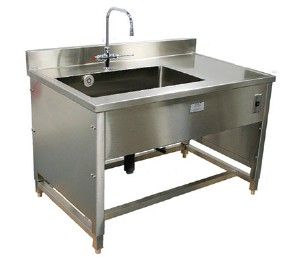
TBJ Endoscopy Sinks
TBJ Endoscopy Sinks are designed for sterile processing departments, specifically endoscopy departments, to help them meet industry guidelines for the precleaning of flexible, immersible endoscopes. Double- and triple-bowl units provide users ample space for soaking, flushing, and rinsing of endoscopes, whereas single-bowl units provide a space-saving option. All sinks from TBJ, Inc, can be equipped with a wide variety of options, including an integrated Scope Buddy Plus Flushing aid, LED lighting, push-button height adjustment, water temperature monitoring, and storage bins and baskets. Because all sinks are made to order, they can be customized to a facility’s specific needs.
The TBJ Model 30-48-1B-AH SPCS is a single-sink design measuring 28 × 16 × 10.5 in. It has a deck-mounted hot/cold-water faucet with wrist blade handles centered on the bowl. The sink includes an electric hydraulic lift system that allows the sink height to be adjusted from 32 to 40 in high via a rocker switch control that can be added to the base unit.
The sinks are made of heavy-duty stainless steel and have adjustable leveling feet, seamless heliarc-welded construction, and a 4-in backsplash extending the length of the sink top. The sinks have hospital-grade, chrome-plated brass faucets and fixtures and crumb cup drain stoppers. Bowl sizes and overall dimensions can also be customized.
Ambu aScope Duodeno
(Photo courtesy of Ambu USA)
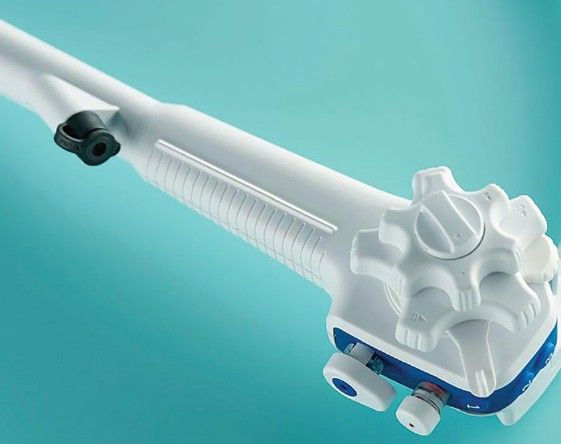
Ambu aScope Duodeno
Anytime a medical instrument is reprocessed, patient cross-contamination is a risk, even with the most advanced reprocessing. One way to solve this problem is with single-use medical instruments.
aScope Duodeno is a single-use and fully disposable duodenoscope for endoscopic retrograde cholangiopancreatography procedures. Because it is sterile straight from the pack, the aScope Duodeno eliminates any chance of cross-contamination and the need for repair or reprocessing while providing more timely access to duodenoscopes in an emergency. The single-use aScope Duodeno delivers the performance of conventional duodenoscopes without the hassle that comes with them.
The aScope Duodeno has received FDA 510(k) clearance and breakthrough device designation.
Show, Tell, Teach: Elevating EVS Training Through Cognitive Science and Performance Coaching
April 25th 2025Training EVS workers for hygiene excellence demands more than manuals—it requires active engagement, motor skills coaching, and teach-back techniques to reduce HAIs and improve patient outcomes.
The Rise of Disposable Products in Health Care Cleaning and Linens
April 25th 2025Health care-associated infections are driving a shift toward disposable microfiber cloths, mop pads, and curtains—offering infection prevention, regulatory compliance, and operational efficiency in one-time-use solutions.
Phage Therapy’s Future: Tackling Antimicrobial Resistance With Precision Viruses
April 24th 2025Bacteriophage therapy presents a promising alternative to antibiotics, especially as antimicrobial resistance continues to increase. Dr. Ran Nir-Paz discusses its potential, challenges, and future applications in this technology.